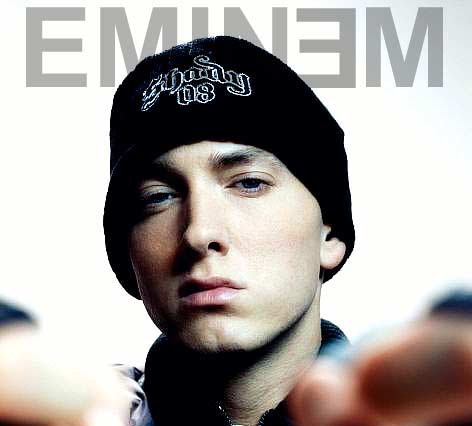| Full Name | Christopher George Latore Wallace |
| Stage Names | The Notorious B.I.G., Biggie Smalls, Biggie, Frank White, Big, Big Poppa, MC CWest |
| Birth Date | May 21, 1972 |
| Birth Place | Brooklyn, New York City, U.S. |
| Death Date | March 9, 1997 |
| Net Worth | $10 million |
| Death Place | Los Angeles, California, U.S. |
| Cause of Death | Drive-by homicide (gunshot wound) |
| Occupations | Rapper, Songwriter, Record Producer |
| Years Active | 1992–1997 |
| Spouse | Faith Evans (m. 1994; sep. 1996) |
| Partner | Charli Baltimore (1995–1997) |
| Children | 2, including C. J. Wallace |
| Genres | East Coast Hip Hop, Gangsta Rap |
| Record Labels | Bad Boy, Arista, Uptown |
| Associated Acts | The Commission, Junior M.A.F.I.A. |
| Debut Album | Ready to Die (1994) |
| Hit Singles | “Juicy”, “Big Poppa”, “One More Chance”, “Hypnotize”, “Mo Money Mo Problems” |
| Major Awards | Rap Artist of the Year (1995 Billboard Music Awards) |
| Posthumous Releases | Life After Death, two additional posthumous albums |
| Sales Certifications | Over 28 million copies in the U.S., including 21 million albums |
| Legacy | Widely considered one of the greatest rappers of all time, inducted into the Rock and Roll Hall of Fame (2020) |
| Notable Recognitions | Greatest rapper of all time by Rolling Stone and Billboard, No. 3 on MTV’s Greatest MCs of All Time list |






